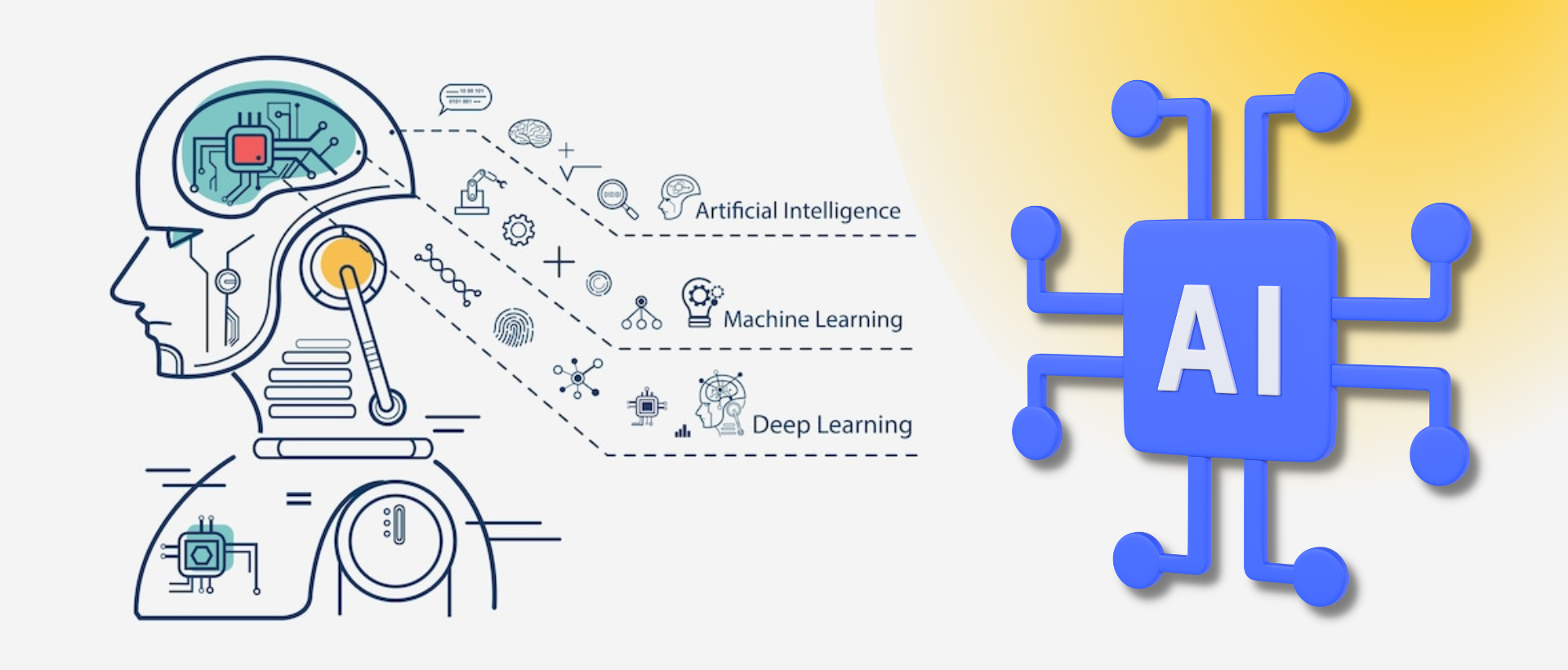Artificial Intelligence (AI) has a long history but is still properly and actively growing and changing. In this course, you’ll learn the basics of modern AI as well as some of the representative applications of AI such as Data Science, Machine Learning, Deep Learning, Statistics, Artificial Neural Networks, Restricted Boltzmann Machine (RBM) and Tensorflow with Python. Along the way, we also hope to excite you about the numerous applications and huge possibilities in the field of AI, which continues to expand human capability beyond our imagination. This Artificial Intelligence course will provide a broad understanding of the basic techniques for building intelligent computer systems and an understanding of how AI is going to apply.

Deep Learning: A revolution in Artificial Intelligence
Analytics vs Data Science
Introduction
Decision Tree Classifier
Problem Statement and Analysis
Machine learning algorithms Python
Tensorflow
Tensorflow
Keras and TFLearn